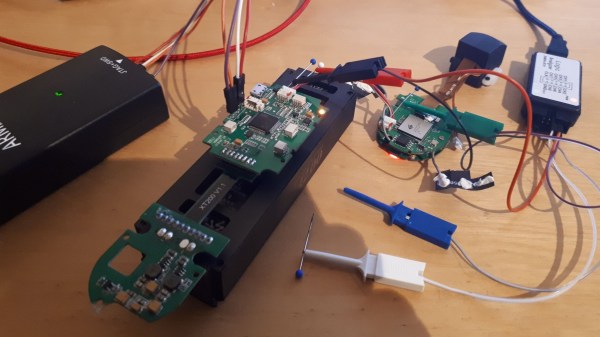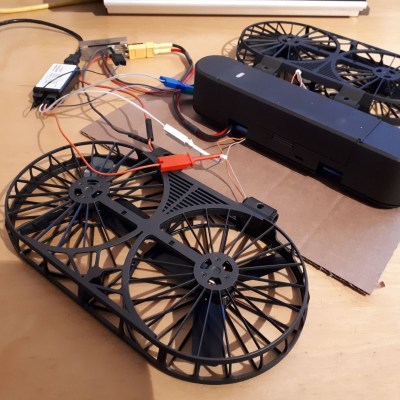The whole idea behind virtual reality is that you don’t really know what’s going on in the world around you. You only know what your senses tell you is there. If you can fake out your vision, for example, then your brain won’t realize you are floating in a tank providing power for the robot hordes. However, scientists in Japan think that you can even fool your feet into thinking they are walking when they aren’t. In a recent paper, they describe a test they did that combined audio cues with buzzing on different parts of the feet to simulate the feel of walking.
The trick only requires four transducers, two on each foot. They tested several different configurations of what the effect looked like in the participant’s virtual reality headgear. Tests were performed in third person didn’t cause test subjects to associate the foot vibrations with walking. But the first-person perspective caused sensations of walking, with a full-body avatar working the best, compared to showing just hands and feet or no avatar at all.
Making people think they are walking in VR can be tricky but it does explain how they fit all that stuff in a little holodeck. Of course, it is nice if you can also sense walking and use it to move your avatar, but that’s another problem.





















